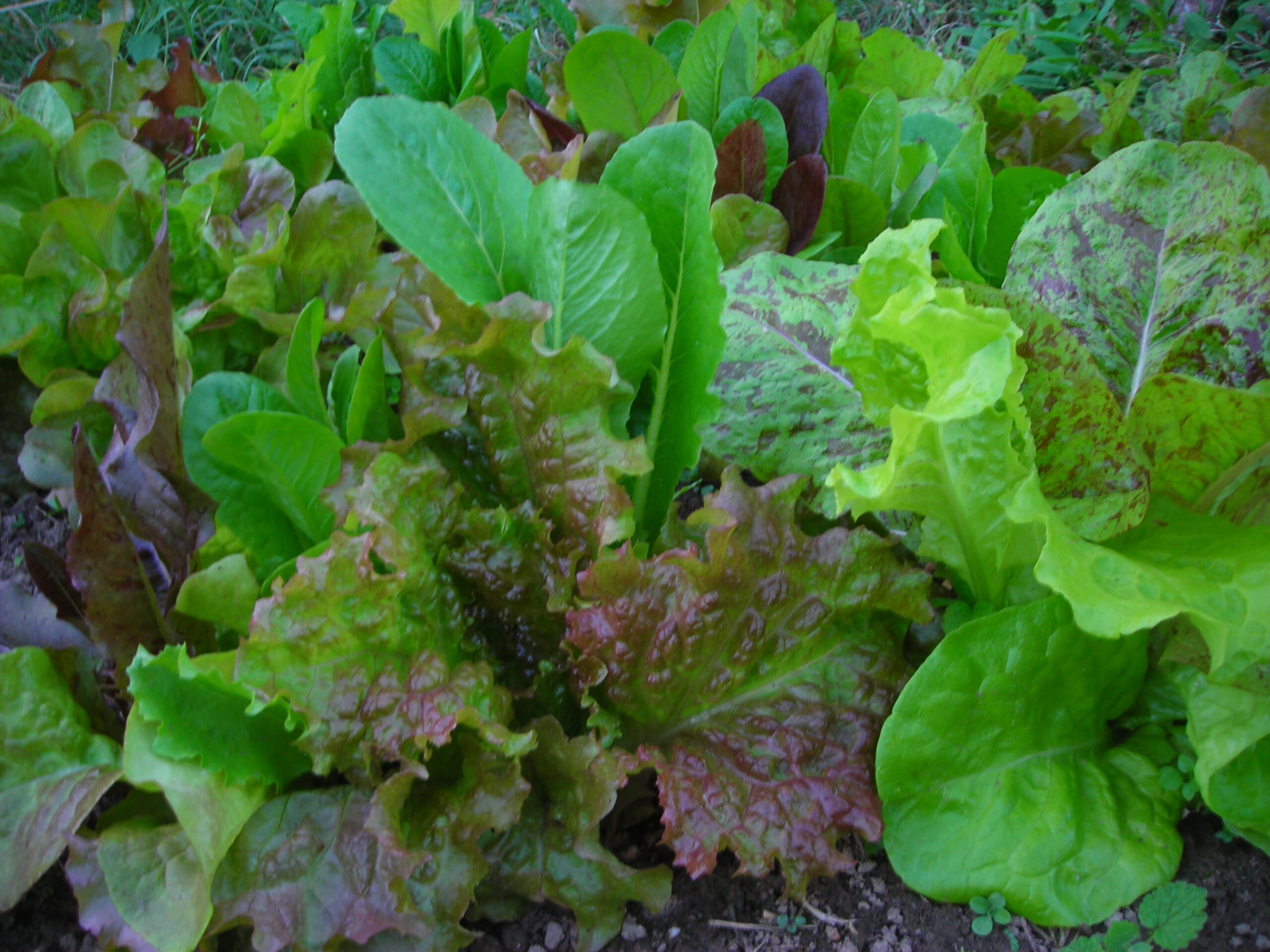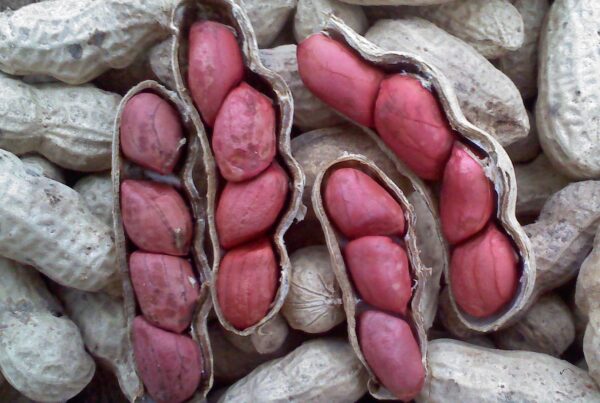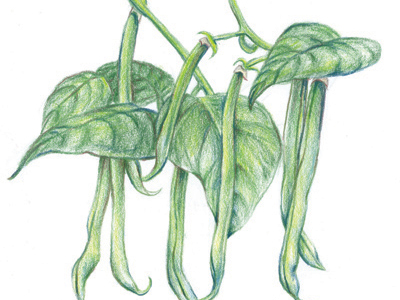Late July is your last chance to plant successions of corn, beans, cucumbers, and summer squash. Continue carrots and beets succession plantings with a last sowing of dill to go with your late cucumbers.
If you are a lettuce lover, you may want to continue weekly small plantings to transplant with some Jericho, Sweet Valentine, Slobolt, and Sierra or other summer crisp lettuce in a fertile place with afternoon shade every week for continuous harvest. For good germination of lettuce seed soil temp must be below 80F. If very hot plant in the late afternoon and cover seed rows with ice, or sow in plastic flat in fridge. Increasingly popular seasonal mixes, appetizing mesclun or many other flavorful summer salad greens like Malabar spinach or Goldberger purslane are also good choices for summer salad greens.
In July you can sow Pak Choy, Mizuna, and Chinese Cabbage in flats or directly in the garden under light weight row cover or insect netting for transplanting to their final garden location in 4 weeks. You can also plant other Brassicas for Fall (broccoli, cauliflower, cabbage, savoys) 2 or 3 sowings a week apart under spun polyester row cover. Sow collards, Swiss chard, leaf beet, kale, radishes, and more Chinese cabbage in late July. Transplant these Brassicas early at 4 leaves (4-6 weeks) and other greens even earlier. After transplanting keep them under row cover until your plants are large and sturdy. For more ideas read our blog post on Early Chores for the Fall Garden
The hot “dog days of summer†is a good time to review and adjust how you are going to make sure your garden has enough water for healthy plants and good yields. First thing is to review your garden plans with an eye to efficient watering. Are plants with similar watering needs grouped together? Spreading a generous layer of organic mulch will suppress weeds (eliminating completion for water), conserve moisture whether from rain or irrigation and moderate soil temperatures.
Most vegetable plants need at least 1†of water per week. Drip irrigation is one of the most efficient ways to get water to the root zone of our plants where it is needed most and saves you money on metered city water. Drip irrigation is so much more efficient than other watering systems that it is often exempted from watering restrictions by many drought parched cities in the southeast. If you add a timer to your system you can not only save time and money but relieve yourself of worrying about how to make sure someone is watering your vegetable garden while you are on vacation.
Installing a drip irrigation system isn’t hard with one of the many complete kits available online or through your local independent garden center where there are knowledgeable staff waiting to give advice so you pick out the right system and get everything you need to get it going. My advice on buying drip irrigation is to start small and expand your system as you gain experience and your garden expands. If all those pipes still seem more than you are prepared to handle alone, you can start out with soaker hoses. Water just oozes out of the porous 25’or 50’ lengths that have removable end caps so multiple pieces can be joined together and laid out along rows or snaked around individual larger plants, fruit trees or berry bushes. Cover the soaker hoses with organic mulch and you are ready to water efficiently.
By the end of the July if all goes well, you should be harvesting abundantly ripe juicy tomatoes, sweet red peppers, baskets of squash, green beans, southern peas, eggplant, chard, fresh herbs and more. If you find yourself with extra produce consider sharing with neighbors or donating.
Ira Wallace Southern Exposure Seed Exchange and author of The Timber Press Guide to Vegetable Gardening in the Southeast and the new Grow Great Vegetables in Virginia








